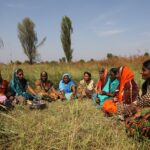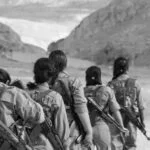The LGBTQ, unfortunately, is the most historically stigmatised community in the world. The global society’s transition from a conservative to a more accepting society has helped gain momentum for the LGBTQ movement in many nations. However, the fight is still on as atrocities and discrimination continue to exist in various countries. Although, the members of this community stand bravely in their everyday struggle hoping to live a life with equal rights, free from societal stigmas.
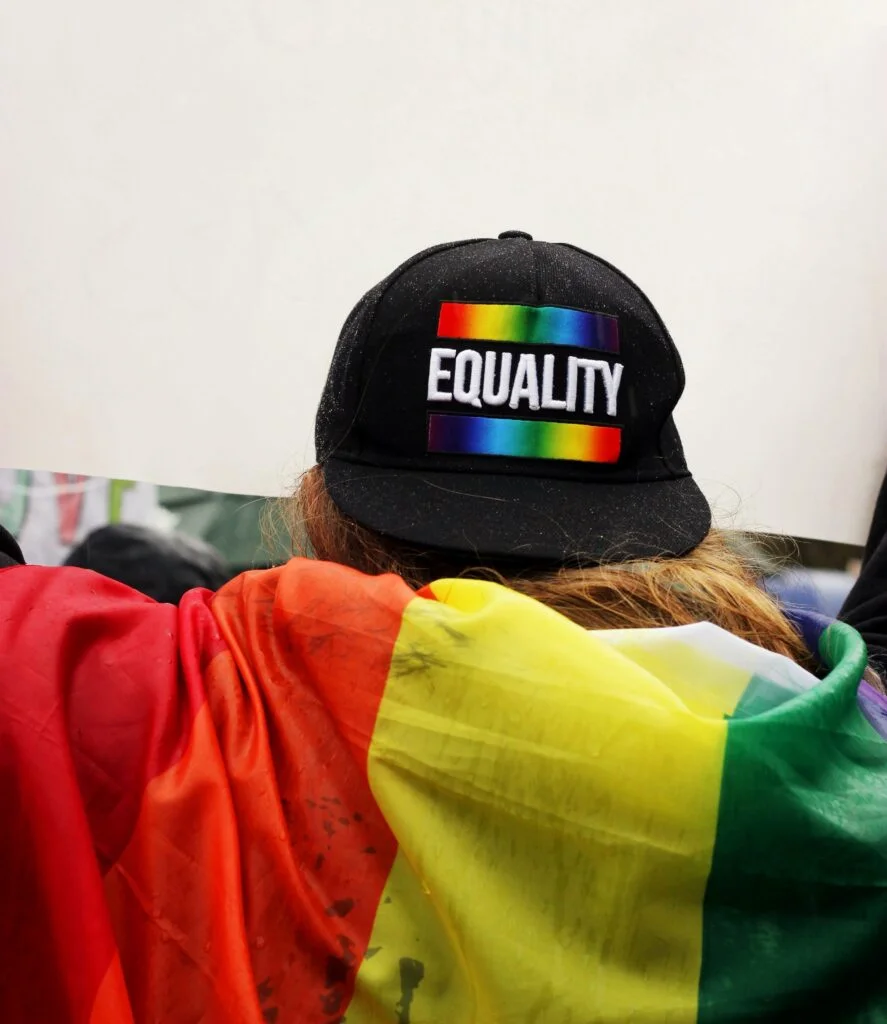
What Does LGBTQ Mean?
The acronym LGBTQ stands for Lesbian, Gay, Bisexual, Transgender, Queer and Questioning.
- Lesbian refers to a woman romantically and sexually attracted to another woman. It identifies her gender as female, and her sexual orientation is also towards another female.
- Gay, on the other hand, stands for someone whose gender identity is male and his sexual orientation is towards another male.
- Bisexuals are the people who are attracted to both genders, i.e. male and female. For example, a man can be sexually and romantically attracted to both women and men.
- Pansexual is yet another gender identity term. It refers to the attraction to people without thinking about their gender identity.
- Transgender is a loosely defined umbrella term in which a person does not relate to the biological sex to which they were born. For example, a person born as a male does not relate to his biological sex and later, with the help of science, becomes a woman and carries that as his/her gender identity. “Hijras of India, Albanian’s burrnesha and fa’afafine of Polynesia have legal status in their respective countries.
- Queer summarises everything. It is an umbrella term that denotes human sexuality that is not straight.
Although many more divisions and sub-divisions have been made with regard to various orientations that is why at times it is referred to as LGBT+. Here the plus symbol aims to entail in its ambit other orientation not covered by the major connotations.

History of LGBTQ in the World
Around the 2nd century, during the reign of the Roman Empire, Antinous, a 19-year-old man who was the lover of Roman Empire’s Emperor Hadrian, died under mysterious circumstances. Later Hadrian gave his lover a god status and built sculptures throughout the kingdom.
In the 18th century, Thomas canon published “Ancient and Modern Pederastry Investigated and exemplified”, one of the earliest works defending homosexuality.
In the 20th century, 1950 first gay organisation – Mattachine Society, was founded in Los Angeles. They called themselves a homophile group. In 1970, New York celebrated the “Gay liberation March”. In 2015 after constant struggles and marches, the supreme court ruled that states are constitutionally required to issue marriage licenses to same-sex people and legalise marriage equality. Hence, in 2016 President Obama designated the Stonewall National Monument at Greenwich village as the US first monument to honour the LGBTQ rights movement.

History of LGBTQ Movement in India
On 11 August 1992, the first protest for gay rights occurred outside police headquarters ITO in the capital. At that time, homosexuality was considered a crime and police started assaulting people on suspicion. However, the NGO AIDS Bhedbhav Virodhi Andolan (ABVA) retaliated against the police, and protests grew large.
Consequently, in 1994, public interest litigation was filed by ABVA regarding the constitutional status of section 377. This was one of the first protests against government atrocities against homosexual people.
In 1991, a mind-blowing pamphlet was published, “Less than Gay” by ABVA, regarding the discrimination faced by the LGBT community in India. Nevertheless, the momentum was lost. A couple of years later, Vivek Diwan, a lawyer, founded this pamphlet. After this, in 2001, the matter became severe when police in Lucknow again arrested a few people based on homosexuality.
On the other hand, the Indian health ministry was facing another problem. HIV estimated population was around 4 million, slightly less than south Africa but more than any country globally.
Sujatha Rao, former health minister, visited an NGO and was shocked to hear about the police violence and atrocities on the LGBT community. She played a crucial role in convincing the health ministry to take a pro-LGBT stand.
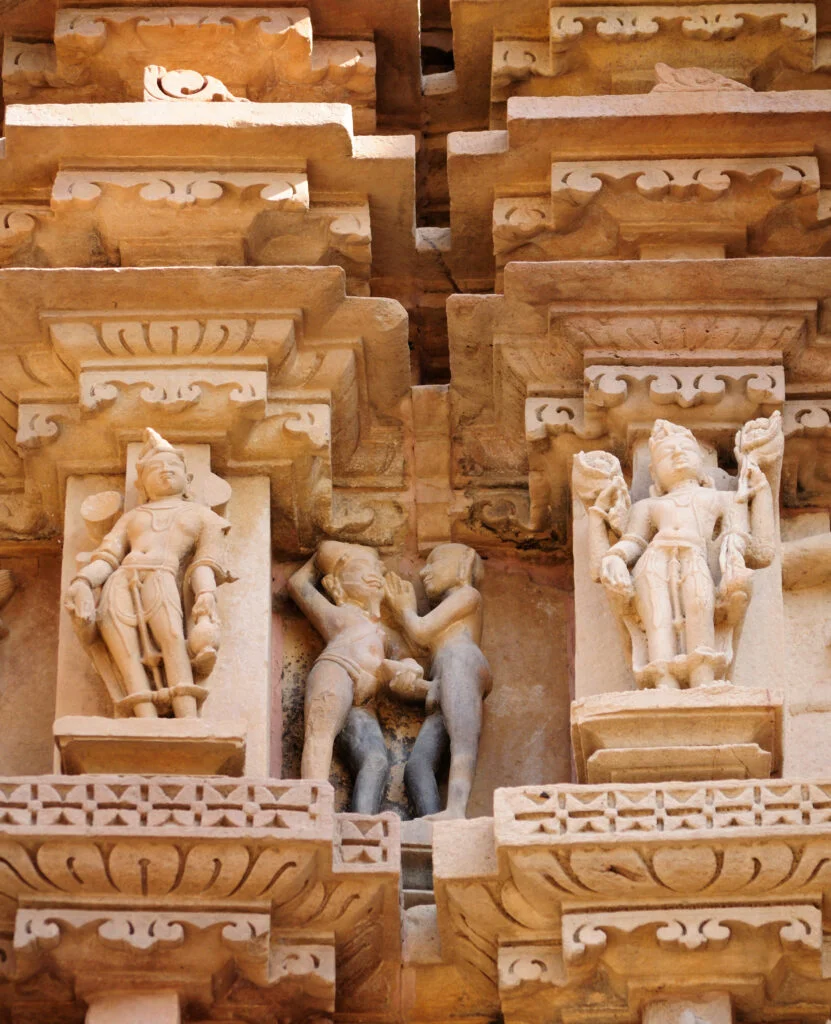
follow Victorian morality when our ancestors were more open-minded on homosexuality.
Section 377 of the IPC
Many times, cases have come before the courts to address the rising questions of sexuality and orientations, their recognition and the rights that should be ensured to them.
However, under the garb of securing the purity of the Hindu religion, maintaining the so-called Indian culture, and taboos associated with unnatural acts- various courts declined to give any favourable judgement on this issue.
It was only through a series of precedents from the NALSA case to the acknowledgement of the right to privacy in Justice K.S.Puttaswamy’s case, that the movement to secure the rights of the LGBTQ community gained momentum. As it was stated in the latter, whatever happens inside closed doors, is not a concern of the state, citizens have the right to privacy!
Later on the 6th of September 2018 Supreme Court of India struck down section 377 in the “Navtej Singh Johar & Ors v. Union of India” case and established the constitutionality in the LGBTQ community. Section-377 of the Indian Penal Code states:-
“Whoever voluntarily has carnal intercourse against the order of nature with any man, woman or animal shall be punished”. Indeed, colourful day in the life of all. However, the Court has upheld provisions in Section 377 that criminalise non-consensual acts or sexual acts performed on animals.
Justice Indu Malhotra, while reading her 50-page verdict said,
“History owes an apology to the members of this community and their families for the delay in providing redressal for the ignominy and ostracism that they have suffered through the centuries“.
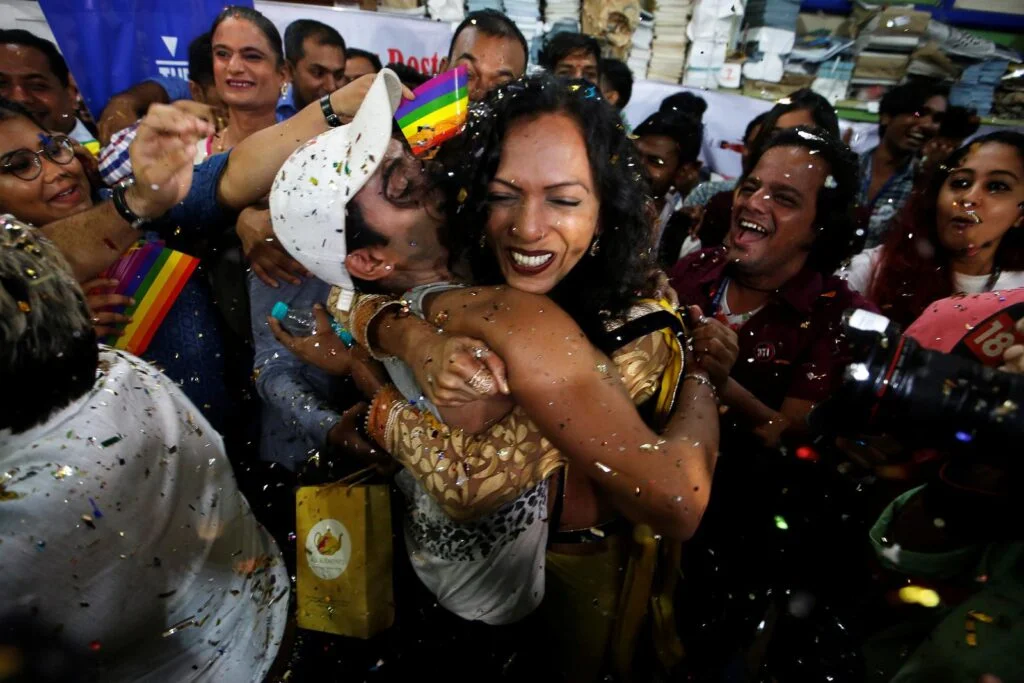
Image courtesy- Reuters
Challenges Faced by the LGBTQ Community
They suffer many types of discrimination in society. Starting from various sexual orientations in society, like homosexuality and heterosexuality, only the latter is considered usual. To society, the LGBT community follows abnormal orientation. They face inequality at every step, and people torture them, mock them and see them as if they have done wrong or are impure.
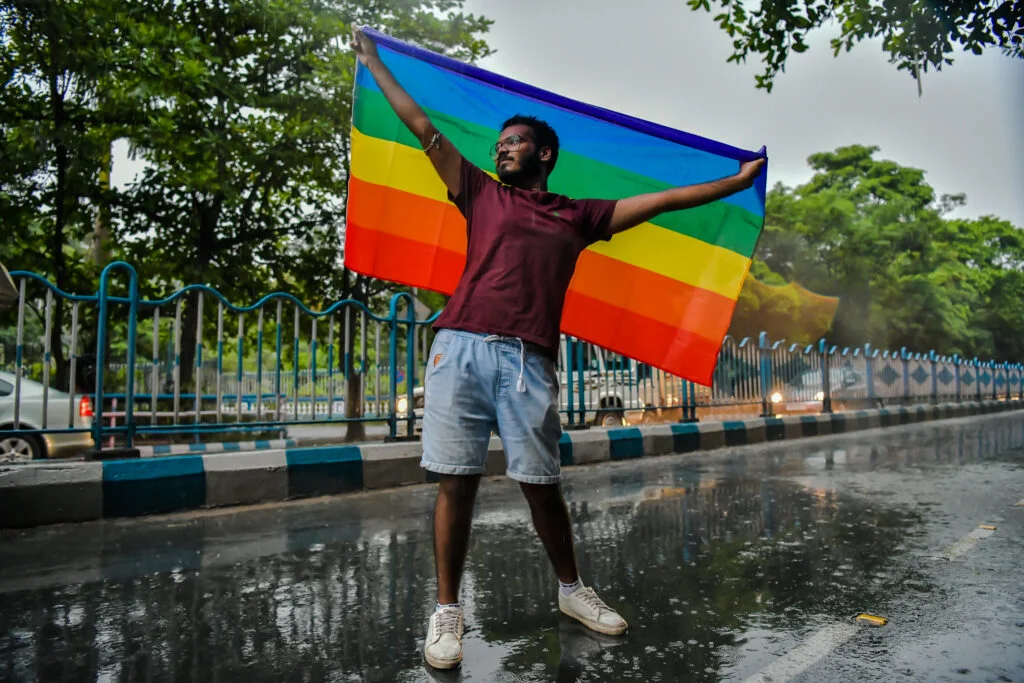
Even with the scrapping of Section 377, still, same-sex couples could not roam freely or confess freely as opposite-sex couples do. They are isolated from society, and their own family abandon them. Other hardships include but are not limited to being subjected to poverty and racism, forced to leave school, community and society and often subjected to drugs or suicide.
Milestone for the LGBTQ Community
Recently, SAURABH KIRPAL, a senior advocate, could be India’s first gay judge. After being rejected four times, he finally got recommended as a high court judge.
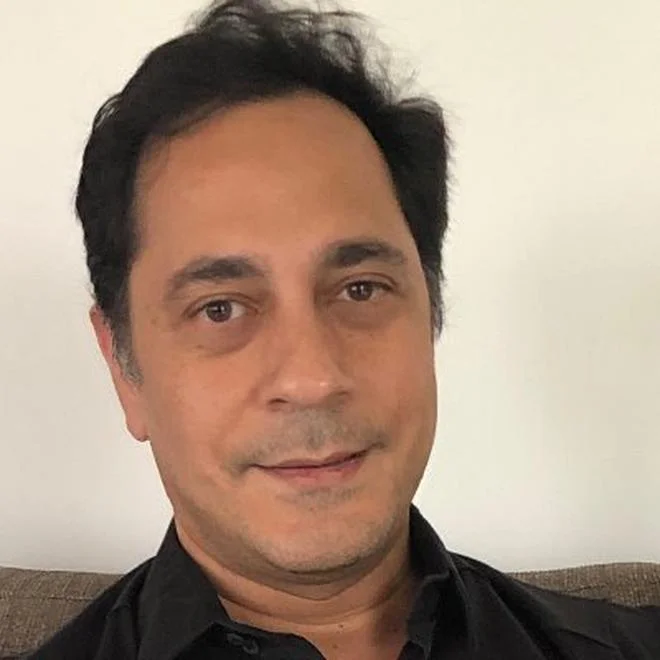
to the Delhi, HC is a milestone for the LGBTQ movement in India
Image courtesy- The Hindu
Also, the European Union has declared its parliament as an “LGBTQ freedom zone” in the world. Recently covid-19 centres have also been open in Mumbai, which is an excellent move during the pandemic. Even recently, in Hongkong, the same-sex couple got a win over Inheritance Law. An event was conducted online due to the pandemic to mark the 50 years of the gay pride movement.
Way Forward
Ministry of Home affairs should work closely with the state department to reduce the policy implementation gap after scrapping Section 377. LGBTQ community still faces much discrimination in the workplace or even in the social sphere. Government need to take corrective measures to reduce such discrimination.
Moreover, the draft bills and legislations made by the government are not LGBTQ community friendly and there are several legal hurdles and procedural technicalities that adds to the voes.
The positive side is terrific, seeing same-sex marriages accepted by people of today’s generation and vocal about their sexual orientations.
However, we should do more workshops and plays to make people aware of the community and their rights. The government should be more accountable to make the workplaces more inclusive for the LGBTQ community.
Read more about the gender pay-gap induced gender inequality in India here!
About the Author:
Tanya Jain

Tanya and optimism go well with each other !! She is a shopaholic and loves to get on new trends. Besides this, Tanya has been a political science student and has a great interest in international affairs. Currently pursuing a master’s in the same from Delhi University, she is determined and hardworking. Tanya aims to make a space for herself and make contributions by interning with “The International Prism”, which acts as a podium to voice the concerns of the youth.



